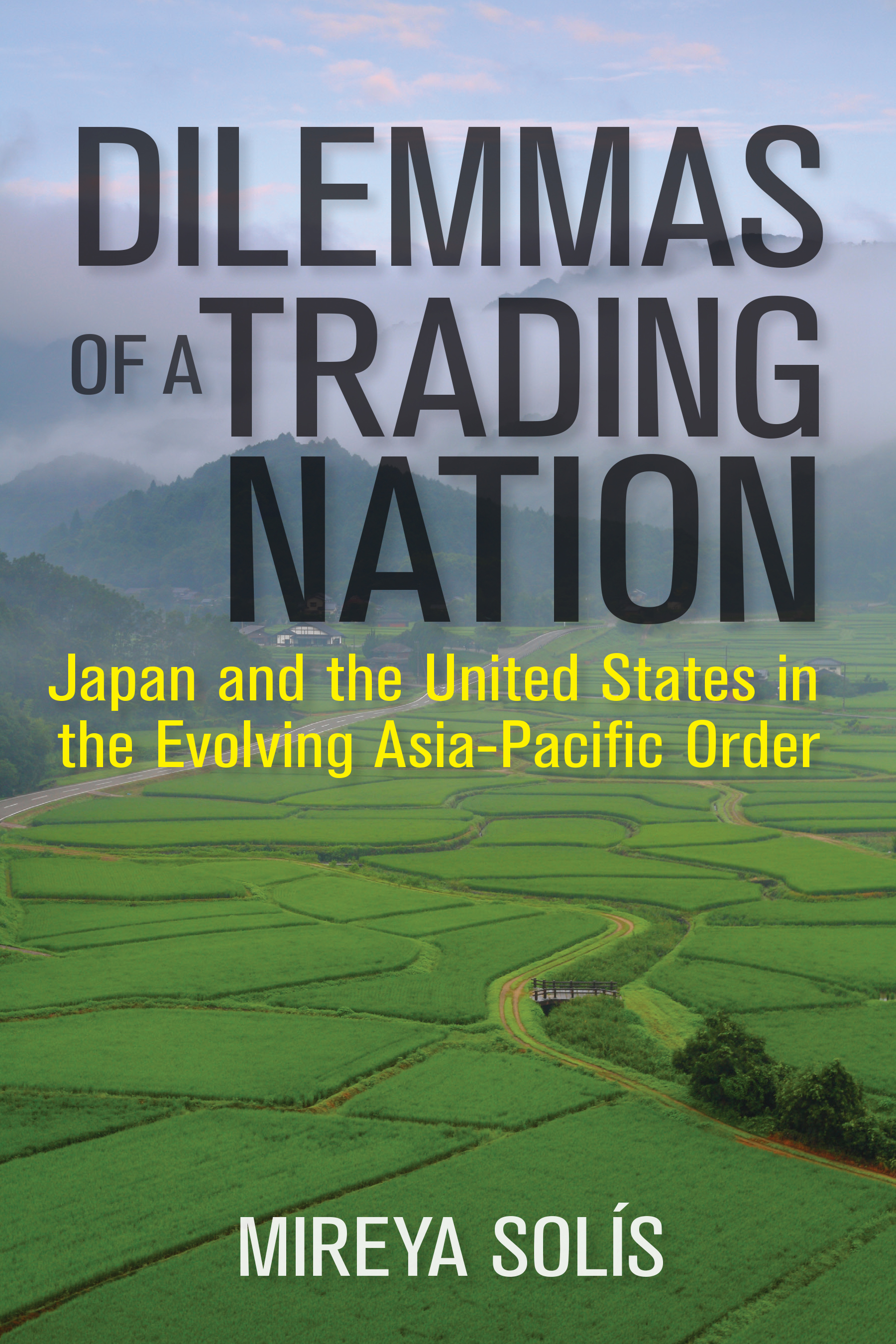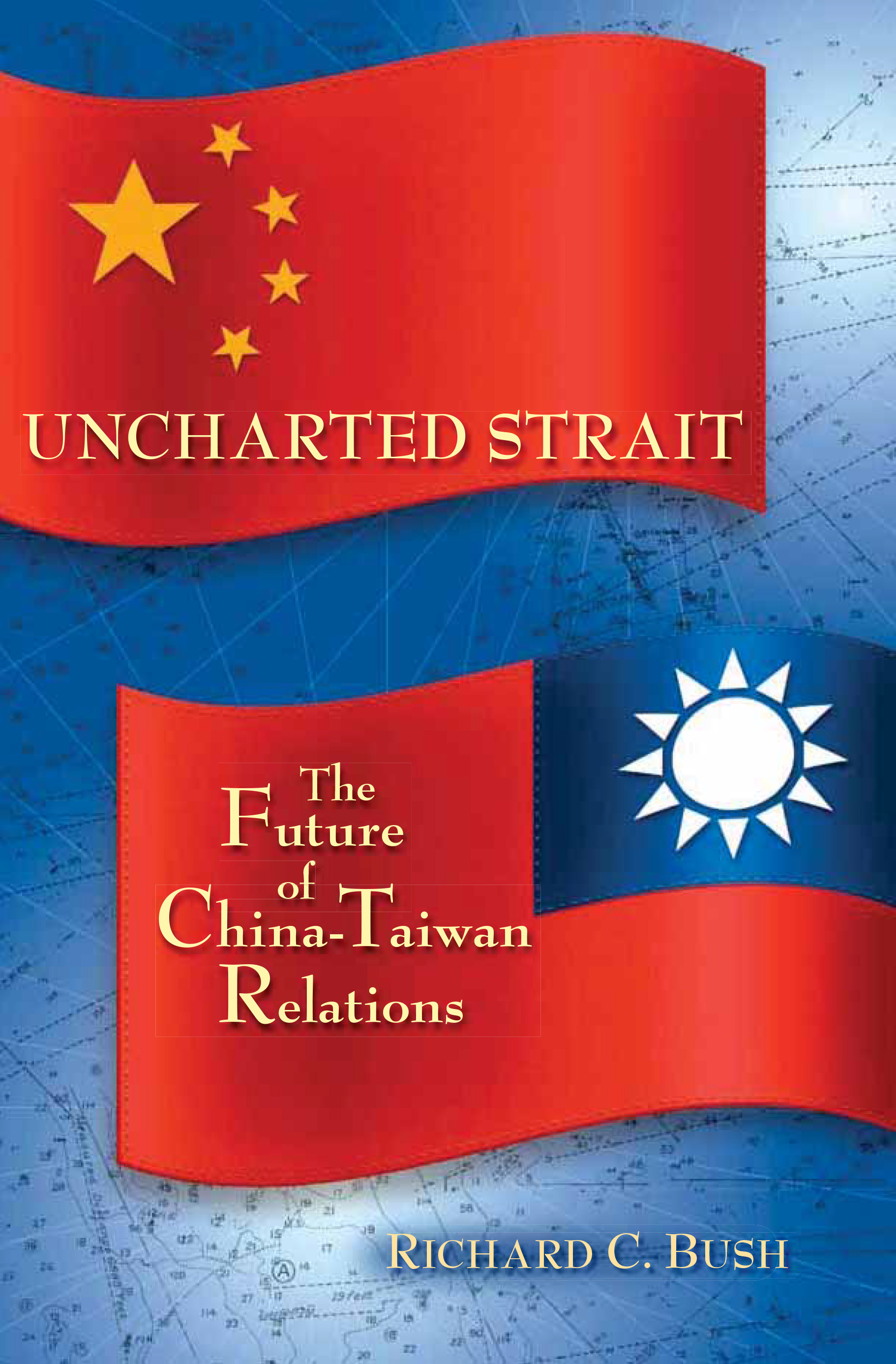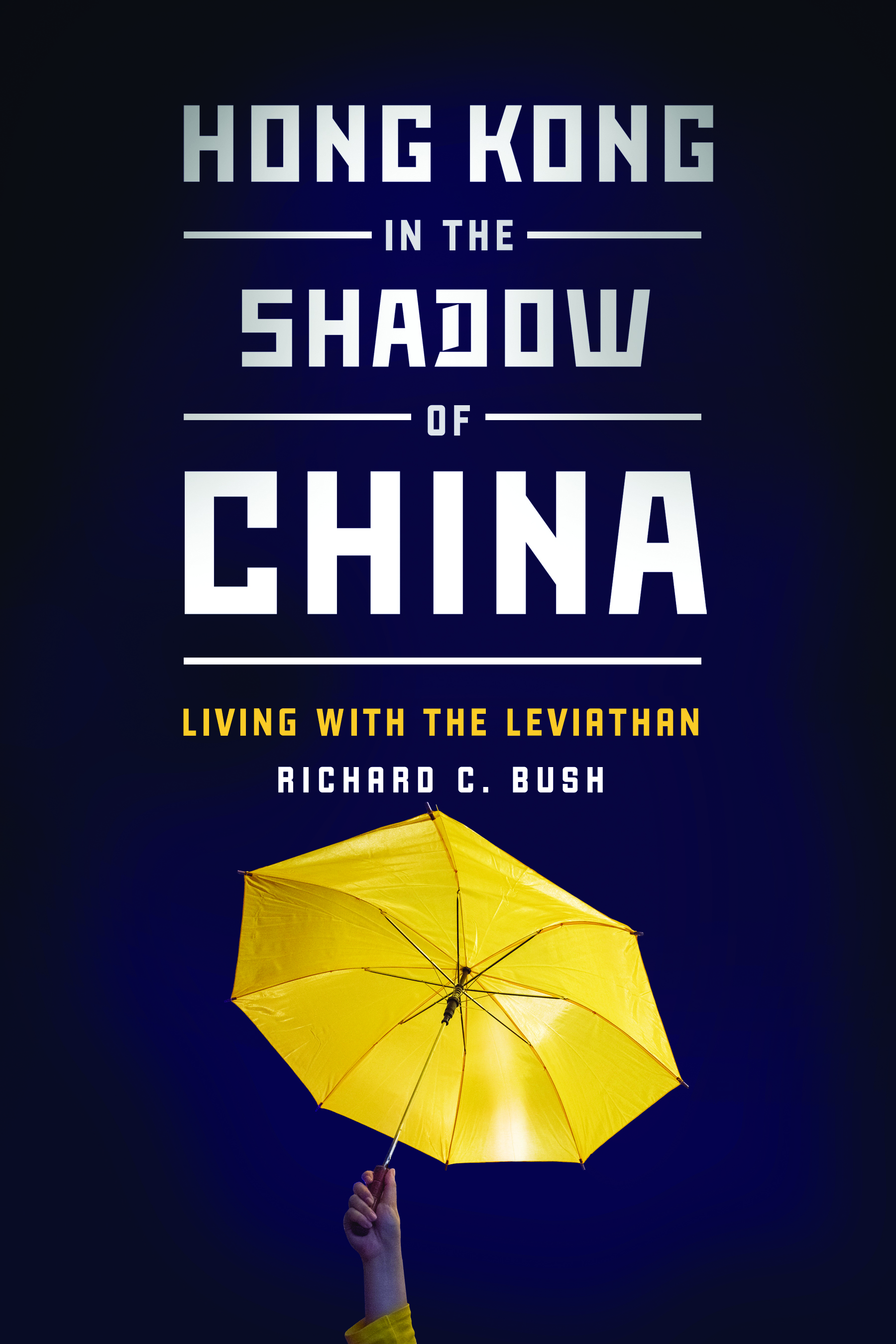Key Trends Affecting Taiwan’s Overall Foreign Trade
The development success story of Taiwan, which is not endowed with abundant natural resources, has drawn substantially increased attention in recent years. Undoubtedly, the island’s economic success is linked to the development policies it followed. Recognizing the importance of promoting exports in the early stages of development, Taiwan switched from import substitution strategies to export-oriented strategies in the late 1950s, which have been a driving force for expansion in the decades since.
However, for both exports or imports, Taiwan’s relative importance within global trade has fallen steadily since 2000. As presented in Table 1, whereas in 2000 Taiwan ranked 14th in the world in terms of exports, accounting for 2.3 percent of total world exports, by 2015 its ranking had fallen to 17th and its share of total exports to 1.7 percent. A similar decline can be seen in imports, where Taiwan’s global ranking has fallen by three places since 2000 and its share of world imports dropped from 2.1 percent in 2000 to 1.4 percent in 2015. There are several reasons behind this decline, but the key factors can be summarized as follows:
- Since 2000, the global economy has experienced several pronounced downturns. As a trade-oriented economy with a relatively small domestic market, Taiwan was particularly affected by these declines;
- By comparison with other countries, Taiwan has had few opportunities to negotiate free trade agreements (FTAs), putting Taiwan in a disadvantageous situation when it comes to foreign trade;
- Taiwan mainly exports semi-finished products, while finished products account for only a relatively small share of Taiwan’s total exports. Additionally, Taiwan lacks strong brands that have high name recognition in international markets. Over the long term, this has affected Taiwan’s export performance.
| 2000 | 2005 | 2010 | 2015 | |
|
Taiwan’s exports (US$ billions) |
148 | 198 | 275 | 285 |
|
Taiwan’s share of total global exports (%) |
2.3 | 1.9 | 1.8 | 1.7 |
| Taiwan’s export ranking | 14 | 16 | 16 | 17 |
|
Taiwan’s imports (US$ billions) |
140 | 183 | 251 | 238 |
|
Taiwan’s share of total global imports |
2.1 | 1.7 | 1.6 | 1.4 |
| Taiwan’s import ranking | 15 | 16 | 17 | 18 |
Source: World Trade Organization, International Trade Statistics, 2000, 2005, 2010 and 2015 issues, (https://www.wto.org/english/res_e/statis_e/its_e.htm).
The Change in the Bilateral Trading Relationship between Taiwan and the United States
The United States is an important trading partner for Taiwan, and is one of Taiwan’s main export markets. However, as can be seen from Table 2, both Taiwan’s exports to and imports from the United States have been falling. In 1990, the United States was Taiwan’s largest export market and its second-largest source of imports. At that time, annual Taiwan exports totaled US$21.8 billion, representing 32.30 percent of Taiwan’s total exports, while U.S. imports amounted to US$12.6 billion, accounting for 23.06 percent of Taiwan’s total imports. In that year, Taiwan posted a trade surplus of US$9.1 billion with respect to the United States, which accounted for 72.31 percent of Taiwan’s overall trade surplus.
By 2015, Taiwan’s exports to and imports from the United States had risen to US$34.2 billion and US$26.4 billion respectively, but the share of Taiwan’s total U.S.-bound exports had fallen from 23.42 percent in 2000 to just 12.21 percent in 2015, and the share of Taiwan’s total U.S. imports had fallen from 17.96 in 2000 to 11.54 percent. The share of Taiwan’s overall trade surplus held by its trade surplus with respect to the United States also declined, from 72.31 percent in 1990 to 15.22 percent in 2015. There has thus been a dramatic weakening of the bilateral trade relationship; overall, the United States has fallen to the fourth largest trading partner for Taiwan.
| Year | Taiwan’s Exports to the U.S.A. | Taiwan’s Imports from the U.S.A. | Taiwan’s Trade Surplus With Respect to the U.S.A. | |||||
| Ranking |
Value (US$ millions) |
Percent share | Ranking |
Value (US$ millions) |
Percent share |
Value (US$ millions) |
Percent share | |
| 1990 | 1 | 21,778.47 | 32.30 | 2 | 12,633.68 | 23.06 | 9,144.80 | 72.31 |
| 1995 | 1 | 26,903.79 | 23.74 | 2 | 20,902.79 | 20.10 | 6,001.00 | 64.32 |
| 2000 | 1 | 35,588.35 | 23.42 | 2 | 25,269.68 | 17.96 | 10,318.67 | 91.99 |
| 2005 | 3 | 29,113.72 | 14.67 | 2 | 21,170.68 | 11.59 | 7,943.03 | 50.21 |
| 2010 | 4 | 31,468.66 | 11.46 | 4 | 25,379.14 | 10.10 | 6,089.52 | 26.22 |
| 2015 | 4 | 34,256.64 | 12.21 | 4 | 26,410.67 | 11.54 | 7,845.97 | 15.22 |
Source: Taiwan: Customs, Trade Regulations and Procedures Handbook – Strategic Practical Information and Regulations (International Business Promotion, Inc.: 2016)
Asia’s emerging economies, including China and ASEAN member nations, have been able to leverage their advantages (including cheap labor and large domestic markets) to attract foreign investment from all over the world (including from Taiwan), which is probably the major factor behind the weakening of the Taiwan-U.S. trading relationship. In regards to exports, many Taiwanese manufacturers have relocated their production lines from Taiwan to China or Southeast Asia, with finished products being exported from these overseas production locations to Europe and North America. Consequently, for many product categories, direct exportation from Taiwan to Europe and North America has been replaced by a “triangular trade” model in which materials are shipped from Taiwan to China or Southeast Asia for processing, and finished products are then shipped to Europe and North America from China or Southeast Asia. Figure 1 shows the change over time in the share of Taiwan’s total exports going to key export markets. It can be seen from this figure that there has been a steady rise in the share of Taiwan’s total exports held by exports to China (including Hong Kong) and to ASEAN. The share of Taiwan’s total exports going to China (including Hong Kong) rose from 12.74 percent in 1990 to 41.78 percent in 2010, an increase of 29.05 percentage points. From 2010 onwards, the increase in the share of total exports going to China became less pronounced, mainly because Taiwanese manufacturers of LCD panel and related products faced increasingly intense competition from South Korean and Chinese manufacturers. Since 2010, the share of total Taiwanese exports going to China has either risen only very slowly, or in some years actually fallen (as in 2015). The share of total Taiwanese exports going to the ASEAN member states rose from 10.22 percent in 1990 to 19.24 percent in 2013, an increase of 9.02 percentage points; however, since 2013 there has been a slight decline, mainly caused by a fall in exports of refined petroleum products from Taiwan to Southeast Asia due to decreased international oil prices.
The fall in the share of Taiwan’s total exports held by exports to the United States, European Union and Japan has been significant, with the decline most pronounced for U.S. exports. In 2000, the United States was overtaken by China as a market for Taiwan’s exports and then by ASEAN in 2007. By 2013 the share of total Taiwanese U.S.-bound exports had dropped to 10.66 percent. Since 2013, there has been a slight increase, possibly related to U.S. efforts to revitalize its manufacturing sector (sometimes referred to as the “reindustrialization” policy), which has boosted American domestic demand. Therefore, the share of overall Taiwanese exports increased to 12.21 percent in 2015.
Figure 1: The change in the share of Taiwan’s total exports going to selected key export markets, 1990 – 2015

In terms of imports, Figure 2 shows the changes in Taiwan’s total imports held by imports from specific key sources. The graphs make apparent that China has become a steadily more important source of imports for Taiwan in recent years, with the share of Taiwan’s total imports deriving from China rising from 0.40 percent in 1990 to 19.30 percent in 2015. China has been able to secure the capital and technology from all over the world by offering cheap land (for factory construction) and cheap labor, while extensive government support has also helped Chinese industry to grow rapidly. With the range of Chinese export products growing wider, and with these products generally being characterized by low prices, markets such as Taiwan’s have been overrun by Chinese imports. By 2014, China had become Taiwan’s single largest source of imports. Additionally, by 2014 there were 14 other countries, besides Taiwan, where China was the largest source of imports, including large economies such as Japan, Australia, the United States, Russia, and South Korea.
The share of Taiwan’s imports deriving from ASEAN member states has risen steadily, except for two temporary dips in 2001 and 2008. The shares of total imports held by imports from the United States, Japan and the European Union fell steadily for some time, before starting to pick up again recently. In all three cases, the share of Taiwan’s total imports started to rise again around 2012. The share of total imports deriving from the United States rose from 8.72 percent in 2012 to 11.54 percent in 2015, while Japan’s share increased from 15.98 percent to 16.91 percent over the same period, and the European Union’s share increased from 8.31 percent in 2011 to 9.94 percent in 2015. This trend is mainly attributable to the fall in international oil prices in recent years, which has resulted in a decline in the value of Taiwan’s petroleum imports from oil exporters like Saudi Arabia and Kuwait.
Figure 2: The change in the share of Taiwan’s total imports deriving from selected key countries, 1990 – 2015

We could further break up U.S. and Taiwan’s exports into various value-added components by country. As different stages of production are regularly taking place in different countries, intermediate inputs cross borders multiple times. As a result, traditional trade statistics cannot reflect the value contributed by any specific country. Table 3 and Table 4 trace value added of U.S. and Taiwan exports by country and could help us to measure vertical specialization in trade. As we can see from the tables, the valued-added of U.S. exports in the United States has declined since 1995, but increased slightly from 2005 to 2011. Taiwan only contributed a tiny share of U.S. exports in value added. As for Taiwan’s exports, the value added in Taiwan has declined significantly since 1995. The United States contribution to Taiwan’s export also decreased from 4.27 percent in 1995 to 2.60 percent in 2011.
| Year | U.S. | Taiwan | China | Korea | Japan | EU | Other |
| 1995 | 81.75% | 0.34% | 0.30% | 0.41% | 2.22% | 2.25% | 12.73% |
| 2000 | 77.75% | 0.35% | 0.49% | 0.39% | 1.67% | 2.30% | 17.05% |
| 2005 | 78.94% | 0.21% | 0.91% | 0.31% | 1.05% | 2.53% | 16.05% |
| 2008 | 77.85% | 0.17% | 1.37% | 0.28% | 0.95% | 2.67% | 16.71% |
| 2009 | 82.52% | 0.15% | 1.17% | 0.25% | 0.71% | 2.19% | 13.01% |
| 2010 | 80.25% | 0.17% | 1.33% | 0.29% | 0.83% | 2.19% | 14.94% |
| 2011 | 78.95% | 0.16% | 1.48% | 0.30% | 0.80% | 2.31% | 16.00% |
| 1995-2005 difference | -2.81% | -0.13% | 0.61% | -0.1% | -1.17% | 0.28% | – |
| 2005-2011 difference | 0.01% | -0.05% | 0.57% | -0.01% | -0.25% | -0.22% | – |
Source: Calculated from “OECD Inter-Country Input-Output (ICIO) Tables, edition 2015,” (http://www.oecd.org/sti/ind/input-outputtablesedition2015accesstodata.htm).
| Year | Taiwan | US | China | Korea | Japan | EU | Other | |
| 1995 | 68.54% | 4.27% | 0.75% | 1.26% | 8.38% | 3.96% | 5.22% | |
| 2000 | 66.43% | 4.33% | 1.02% | 1.57% | 7.55% | 3.35% | 5.23% | |
| 2005 | 60.90% | 2.86% | 2.34% | 1.57% | 5.99% | 3.10% | 8.45% | |
| 2008 | 53.96% | 2.68% | 3.46% | 1.16% | 4.88% | 2.93% | 12.68% | |
| 2009 | 60.52% | 2.43% | 3.28% | 1.19% | 4.82% | 2.67% | 9.76% | |
| 2010 | 56.34% | 2.68% | 3.46% | 1.38% | 5.34% | 2.78% | 主题 | Taiwan |
| URL | https://www.brookings.edu/opinions/the-trading-relationship-between-taiwan-and-the-united-states-current-trends-and-the-outlook-for-the-future/ | |||||||
| 来源智库 | Brookings Institution (United States) | |||||||
| 资源类型 | 智库出版物 | |||||||
| 条目标识符 | http://119.78.100.153/handle/2XGU8XDN/283093 | |||||||
| 推荐引用方式 GB/T 7714 | Da-Nien Liu. The trading relationship between Taiwan and the United States: Current trends and the outlook for the future. 2016. |
| 条目包含的文件 | 条目无相关文件。 | |||||
| 个性服务 |
| 推荐该条目 |
| 保存到收藏夹 |
| 导出为Endnote文件 |
| 谷歌学术 |
| 谷歌学术中相似的文章 |
| [Da-Nien Liu]的文章 |
| 百度学术 |
| 百度学术中相似的文章 |
| [Da-Nien Liu]的文章 |
| 必应学术 |
| 必应学术中相似的文章 |
| [Da-Nien Liu]的文章 |
| 相关权益政策 |
| 暂无数据 |
| 收藏/分享 |
除非特别说明,本系统中所有内容都受版权保护,并保留所有权利。







